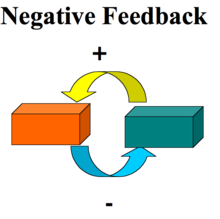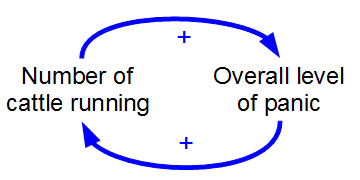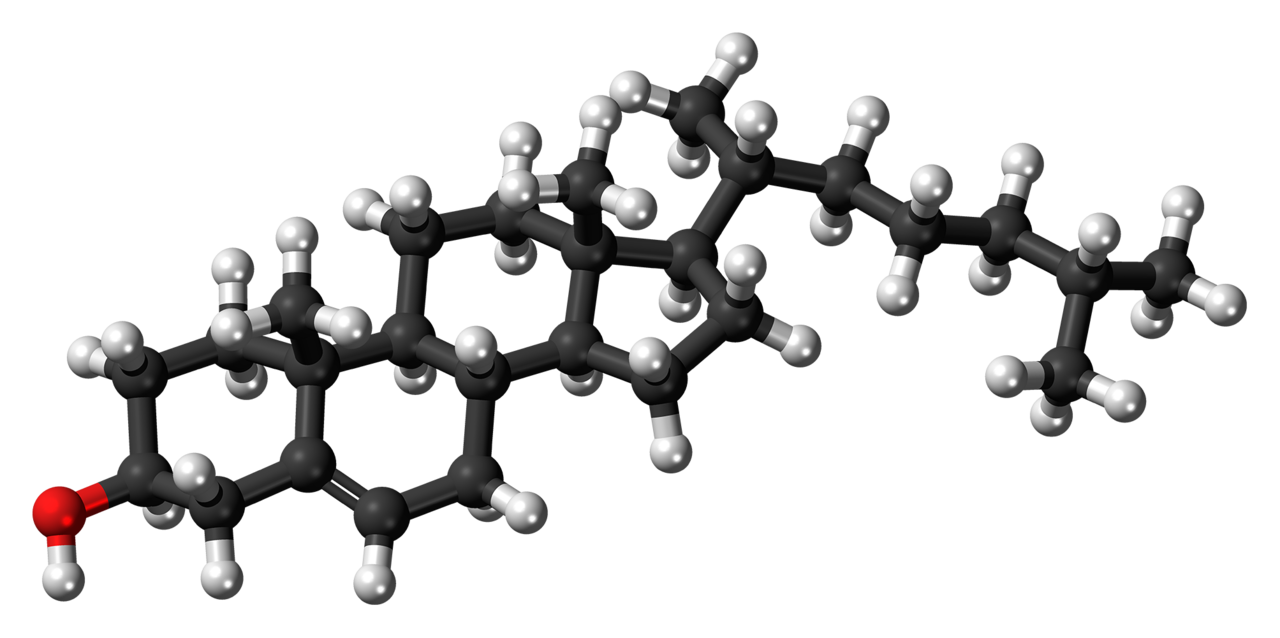[Note: this post is part of the course materials for my upcoming online class, Hormones: from molecules to behavior, with APDT.]
Hormones don’t spring into existence from nowhere and they don’t do their jobs in a vacuum. They work in concert with many, many other molecules in the incredibly complicated canine (and human) body. This is a world we never see and rarely think about: a world of microscopic molecules interacting in chaotic but ultimately purposeful fashion, somehow operating in concert to influence nearly all of your dog's physiologic processes, like digestion and immune system, and, of course, behavior.
What is a protein hormone and what is a steroid hormone?
There are two main categories of hormones, proteins and steroids, and the mechanisms supporting each are a bit different.
First, some terminology. “Protein” means something different in biology than in nutrition; the University of Utah has a great explanation about
what a protein is in the biology sense. (I assume you all know what it is in the nutrition sense — the thing that you cook or feed to your dogs.) When I use the word “protein” here, I’ll always mean the biological sense, never the nutrition sense.
Protein hormones are made directly from DNA instructions, just as all proteins are. They may be modified after they are first made — one protein, pro-opiomelanocortin (POMC), is actually split into
three separate hormones after it’s constructed! (Hence the long name, which contains bits of the names of all three of the smaller protein hormones that are spliced out of it.) I don’t know of any other protein hormones with such a complicated origin story. Other protein hormones, such as luteinizing hormone (LH), are constructed by sticking two separate small proteins together to make one bigger one. In general, however, thinking of a protein hormone as being coded for by a single gene is a safe shortcut, even if not always completely true.
Steroid hormones, on the other hand, are made by modifying molecules of cholesterol. Dogs and humans both synthesize cholesterol from materials we get in our diets, and use it for a whole mess of different purposes. Too much if it might be bad for your heart, but if you didn't have enough of it, you would die. If you could see it, it would look something like this:
A protein acting as a little machine takes a molecule of cholesterol and turns it into something slightly different. Then a different protein takes that product and modifies it a little more. Many of these proteins working in a chain (the synthesis pathway) will end up producing a steroid hormone. For example, here’s testosterone — can you see the similarities and differences in structure to cholesterol?
There are a bunch of different steroid hormones, each with its own pathway of different proteins which construct it. Some steroids share some of the proteins in their pathways with other steroids, which leads to some steroids being related to others; for example, estrogen and testosterone are similar in structure and share parts of their synthesis pathways. Yes, testosterone is a steroid hormone, and sometimes abused by human athletes, leading to the shorthand of “steroids” to refer to a particular subset of steroid hormones, even though there are many others.
The variety of proteins used in constructing steroid hormones is quite dizzying; asking students to memorize these pathways is a favorite hazing ritual for biology and physiology teachers. Here is a typical steroid synthesis pathway diagram that veterinary students are expected to absorb and understand:
Proteins, steroids, and genetics
Since proteins are made directly from DNA instructions, they may end up differing between individuals. All it takes is a small mutation to make a change in the DNA, and the protein which is generated is different. Genetic researchers have gotten quite good at identifying these small differences in DNA and the related proteins. However, we’re still quite bad at saying whether these small protein differences result in any differences in behavior. Many differences at the protein level don't make any difference in how the protein does its job — they’re the equivalent of a small typo that’s easy to recover from. Other differences completely change the ability of the protein to function. Just by looking at DNA, we can’t tell which is which. So genetics researchers are currently engaged in finding differences in protein hormones between different individuals and trying to figure out if the differences actually affect behavior.
Steroids, on the other hand, aren’t made directly from DNA instructions — they’re made by protein machines which are
themselves made from DNA instructions. This means that steroid hormones are identical between individuals. Testosterone looks exactly the same in all of us, no individual differences. However, there can be differences in the protein machinery that makes testosterone, leading to people and dogs who make more or less of it, or who make it in different situations, or... So in the case of steroid hormones, genetics researchers are looking at the synthesis pathways for these hormones and trying to find interesting differences in the
pathway proteins
, rather than in the hormone proteins themselves, which relate to behavioral differences.
Water soluble or fat soluble?
Protein hormones are water-soluble, meaning they dissolve well in water (or, more to the point, blood); steroid hormones are fat-soluble, because they are basically cholesterol with some modification. Imagine dropping a mass of fat into a bowl of water: it wouldn't dissolve well at all, but would stay in goopy hunks. In the same way, steroid hormones, which are basically tiny molecules of cholesterol, don't dissolve well in blood.
Protein hormones, then, can hop in the bloodstream and easily be carried wherever they need to go. Steroid hormones have it a little harder. They
can be free in the bloodstream, but often they rely on protein carrier molecules to shepherd them around. These molecules are designed just to carry one particular brand of steroid hormone.
The water versus lipid-soluble issue comes into play again when a hormone arrives at its destination cell. Animal cells are basically bags of water (the interior of the cell, called the
cytosol) surrounded by a double layer of fats (the
cell membrane). Now suddenly the fat-soluble steroid hormones are at the advantage: they can diffuse right on through the fatty cell membrane and into the interior of the cell. The water-soluble protein hormones, on the hand, are completely stalled by the cell membrane. They require help to get through it. Sometimes the cell’s receptors are on its outside so the protein hormones don't have to get inside. Sometimes there are transporter proteins which surround them and carry them through the cell membrane to the inside of the cell.
The macroscopic view
The details of how hormones inter-operate with the other parts of the body at a microscopic level aren't all that important. What is important is the complexity of this microscopic world that they operate in. Hormones aren’t just substances that exist for us to measure in the blood. They are very active little molecules which have their own life histories, from creation to modification to use in a cell. All the other substances that they interact with affect them. It's easy to think that the story of how testosterone or cortisol affect behavior is just about testosterone or cortisol — but it’s not. It's also about all the substances that they interact with. Understanding how biological processes are translated into behavioral differences is rarely straightforward. The next time you read a story about how a hormone affects behavior, remember that the hormone itself is only a small part of a symphony of molecules, all working together to make your dog function the way he does.
 |
| My dogs, Jack and Jenny, to remind us of the macro level that this is all about. |



.png/640px-HPA_Axis_Diagram_(Brian_M_Sweis_2012).png)








